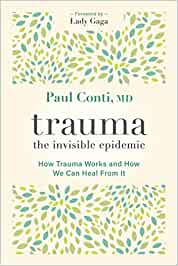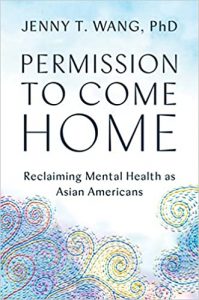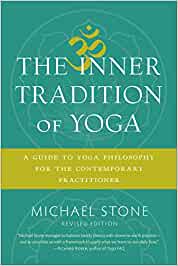As we come to the end of another year, it feels fitting to sum things up with a few wise words that bring closure to what has passed, and to spark hope about the advent of a new chapter. Here’s what I got:
Goodbye, 2022! You were weird and I’m still digesting what happened!!!!
Hi, 2023! Please be merciful, thanksss
To be clear: I am incredibly grateful for the blessings I’ve received (and worked hard for, dammit) over the past 12 months. But I’ve been doing this *gestures wildly* long enough to know that the deepest growth / learning comes from struggle. Having accepted this, it has become a tenet I ascribe to – if not in practice, then at least in theory.
And after an experience / period of hardship, I look for closure. Like any of us, I strive to draw lines in the sand: this is over. It’s done. I am letting go.
But: like actual lines drawn in actual sand, these demarcations get washed away by the tide (wow, this analogy is so fun, it’s getting a bit out of hand). When new experiences come up, they tug on past memories, and we might find ourselves back in the same emotional / mental spaces we had worked so hard to distance ourselves from.
Old wounds reopen, and the turbulence of present and past mashing together can feel like we are being tossed in the waves (yup, analogy has definitely gotten out of hand). We have to begin the work of acceptance all over again.
The work of acceptance has prerequisites. First, we need awareness. Can you feel the experience in your physical and emotional bodies? Can you track your thoughts and urges to react?
Awareness also has prerequisites. We must be willing to slow down and ground into the present moment to have even a furtive glance at ourselves.
And for that, we need some semblance of safety.
Safety is a human right. It’s not even a question of deserving it; it is a need. It is the bedrock of healing deep wounds, for being able to sustain the work of healing, and for holding space for others to do the same.
It is our tragedy and our work to create this safety, in an ongoing and emergent way. How can we touch on a feeling of safety, even if for a moment? How can we gift this to others?
When we are caught in the wind of upheaval, or fallen deep into the cave of despair, safety feels impossible. In these moments, words can seem inadequate for describing what we feel – and thus make it difficult to ask for help.
As you may or may not have noticed, when we move our bodies in yoga or sit / lie down in meditation, we don’t talk much. Instead, we are grounding into ourselves, learning to create stability. We are turning inwards, in order to feel what is non-verbal, and to hold space for it.
We do this with curiosity, in an effort to drop our stories and preferences. We make ourselves available to ourselves.
We do this slowly, so it can feel as safe as possible.
As we step forward into the future, the past comes with us. How would we like to carry it?
May we learn to feel safe in our bodies and minds. May we learn to create this safety for others. It may never be perfect, but maybe it can be good enough. We may never be fully healed, but we can still be here for eachother in a meaningful way.
P.S. I’ve been doing some “light” reading / listening on the topic of trauma (can you tell?!), and if you are interested, please go here to see a list of some resources I’ve found useful on the subject.





